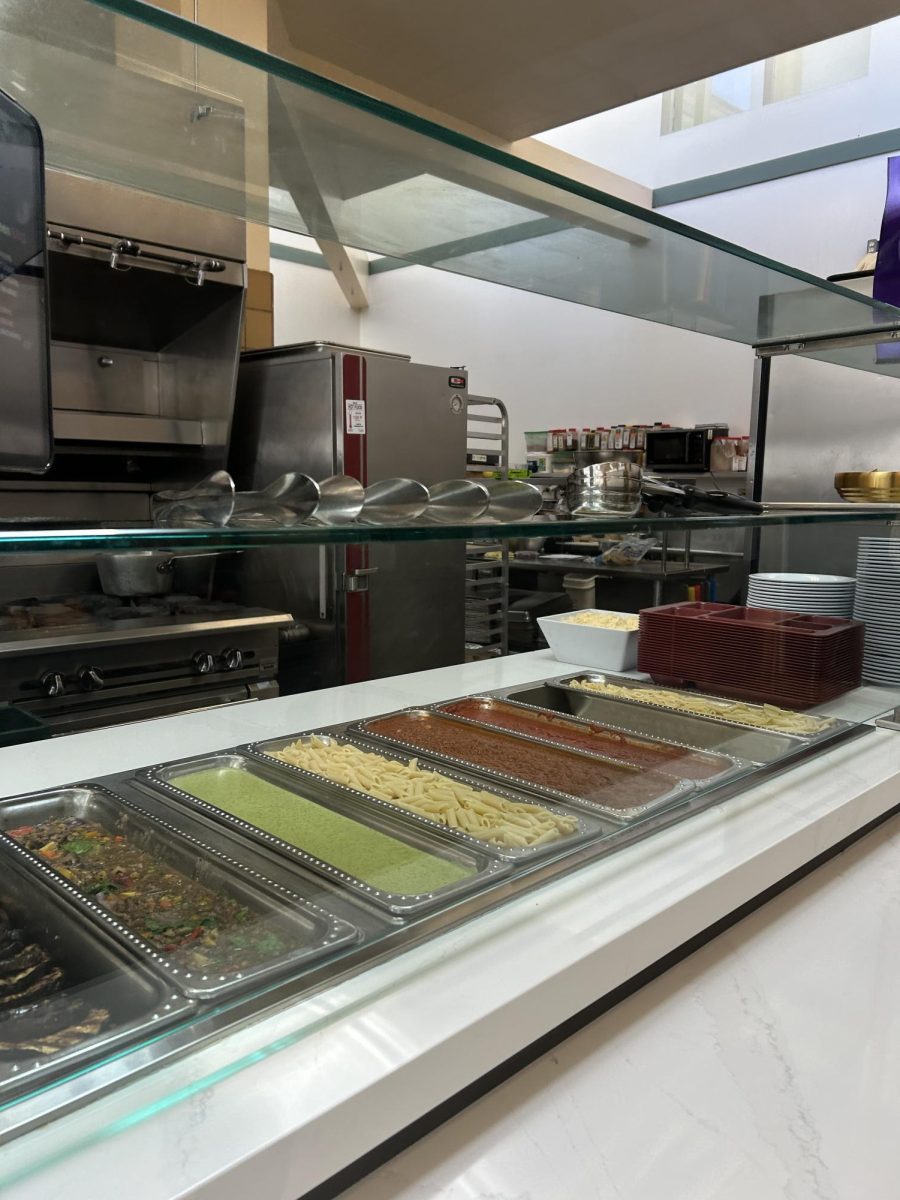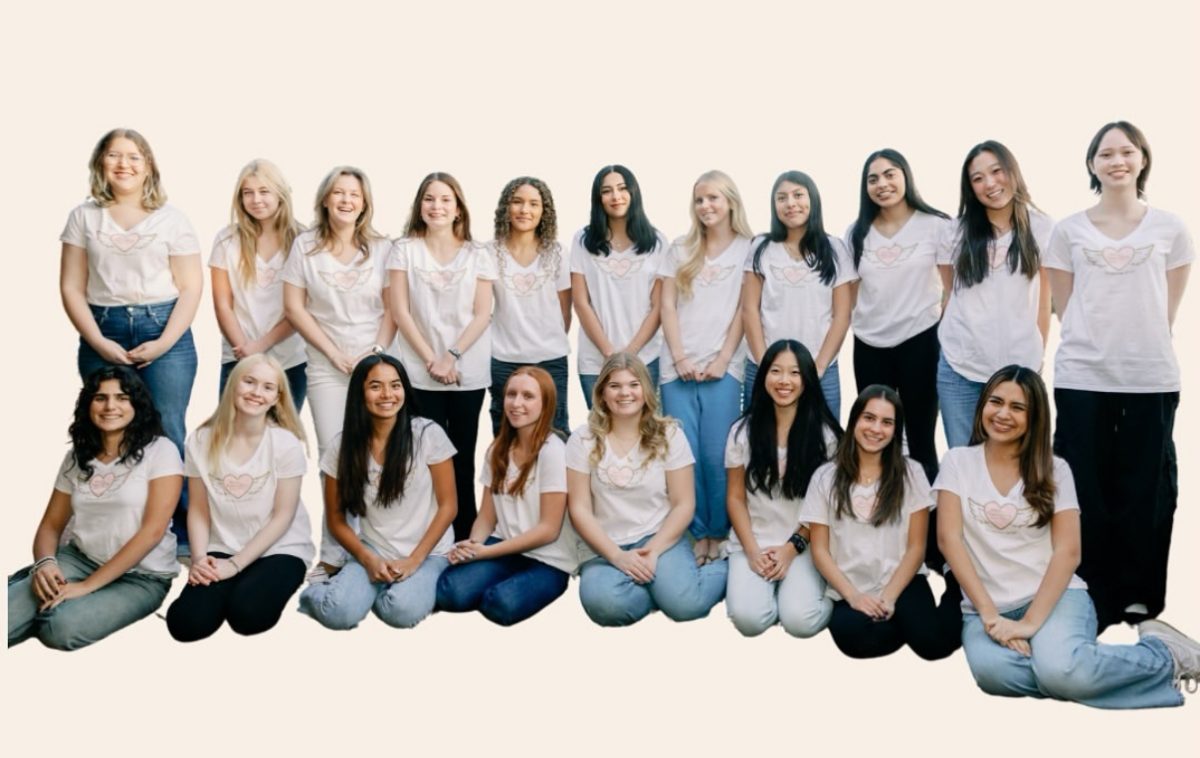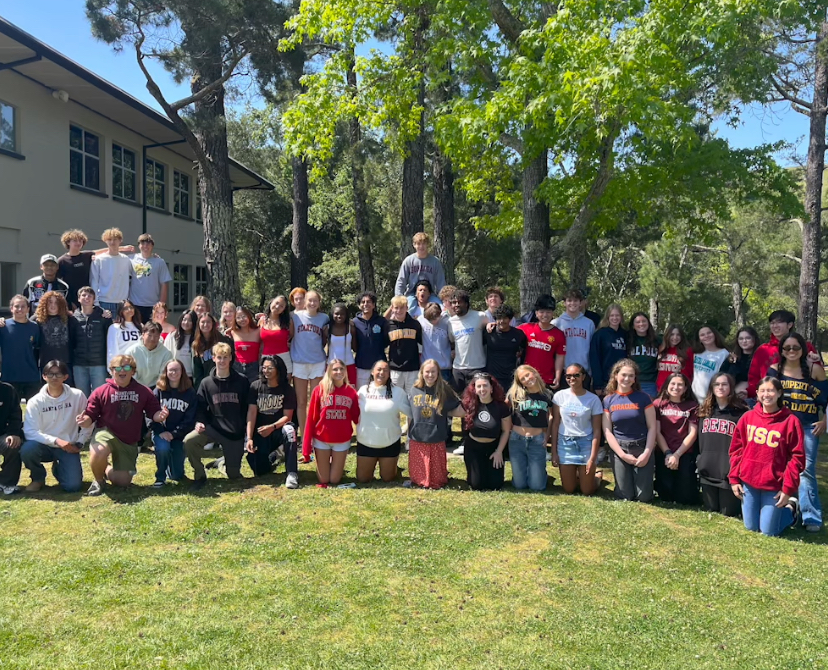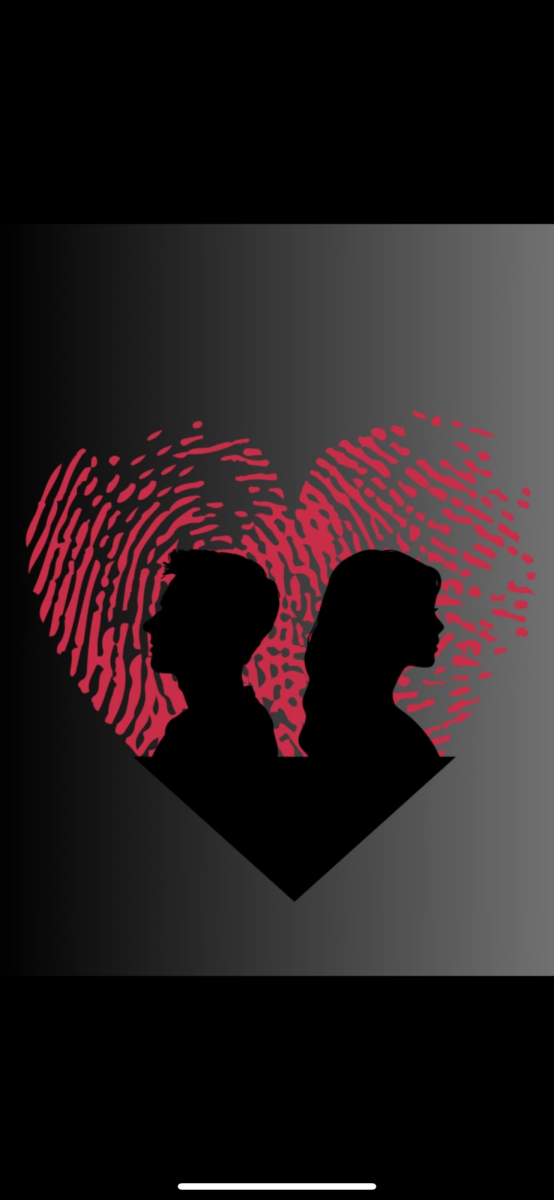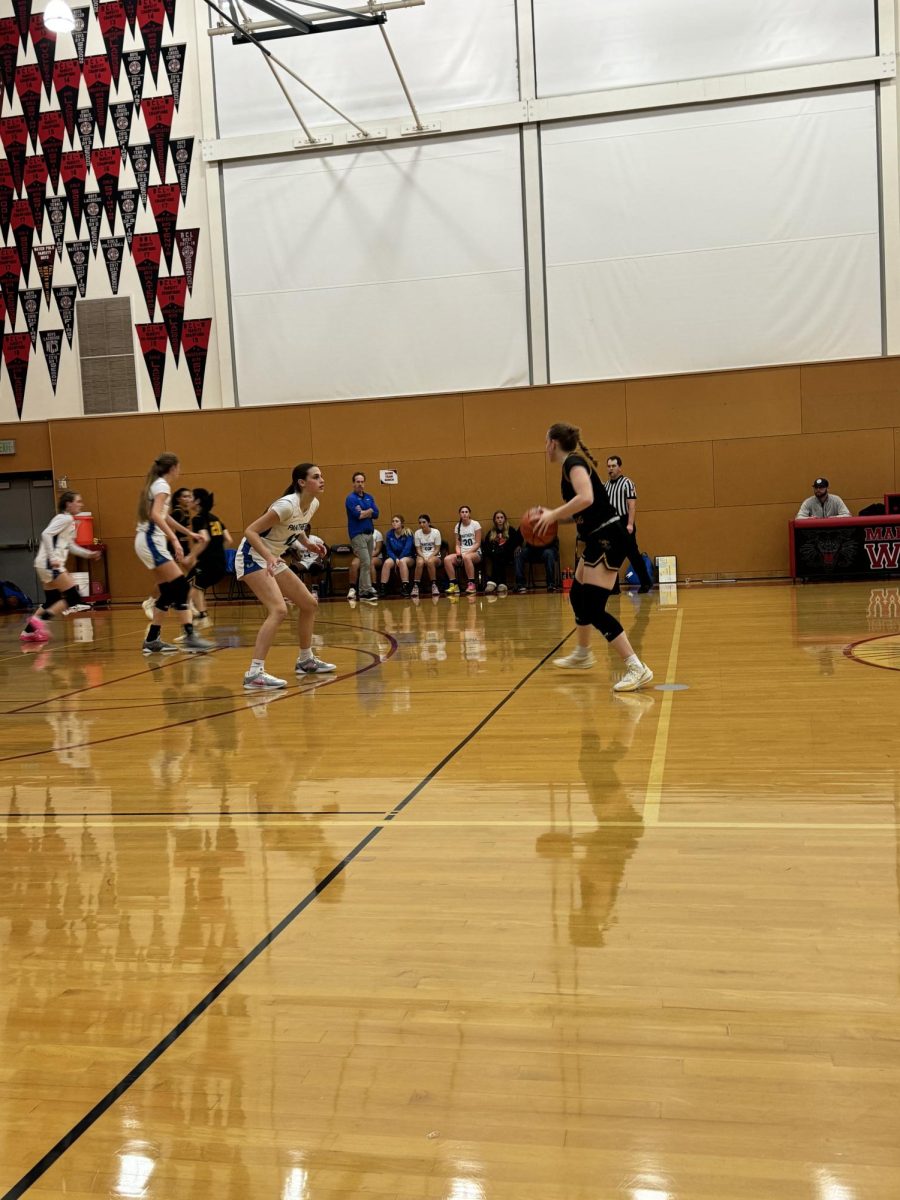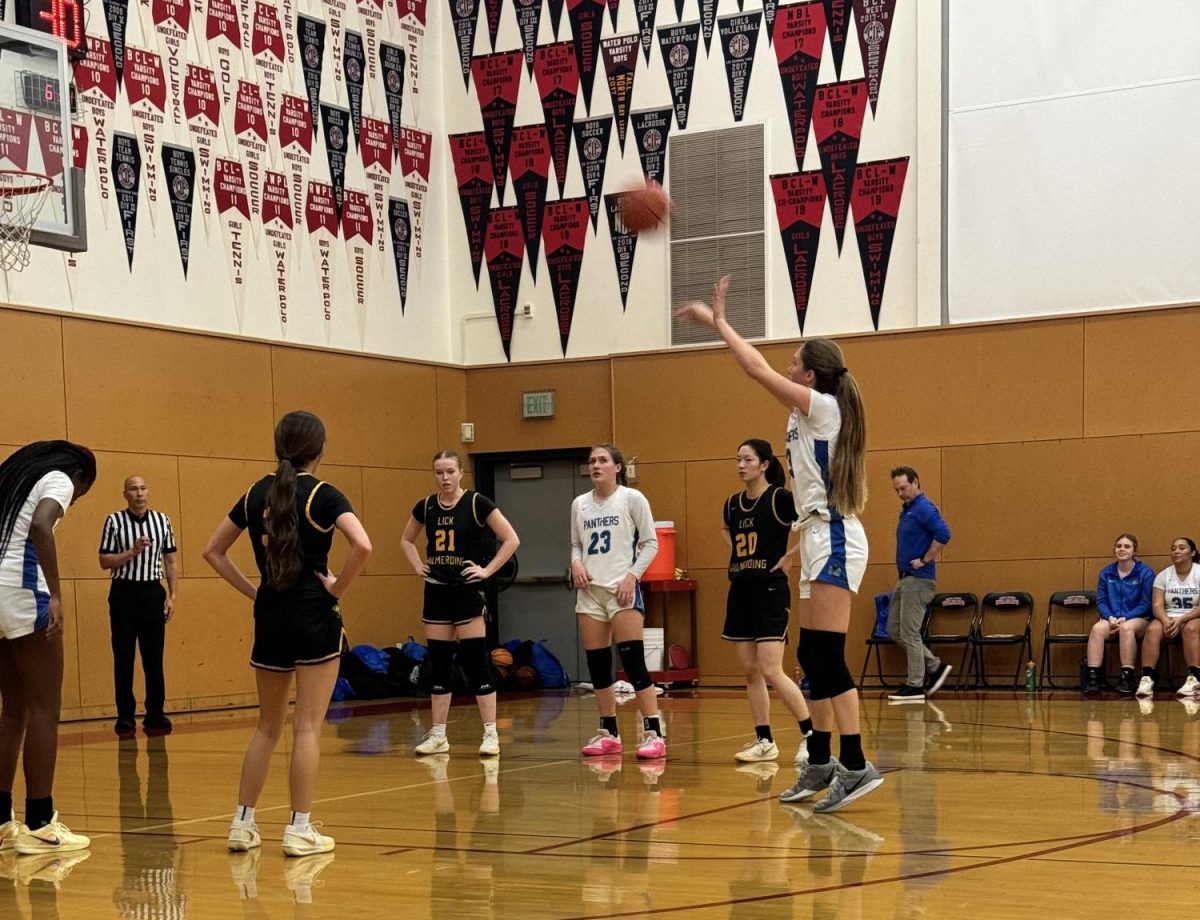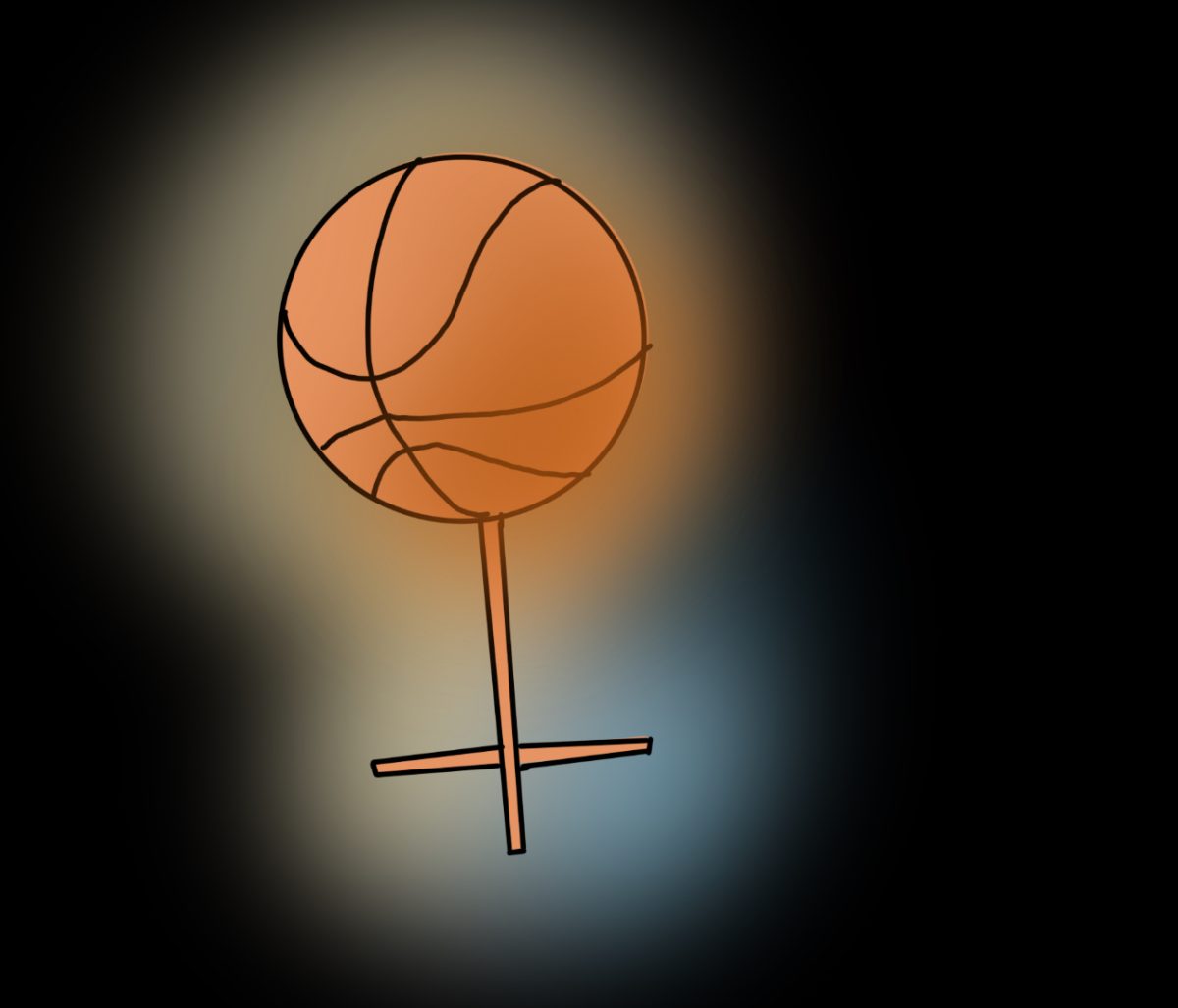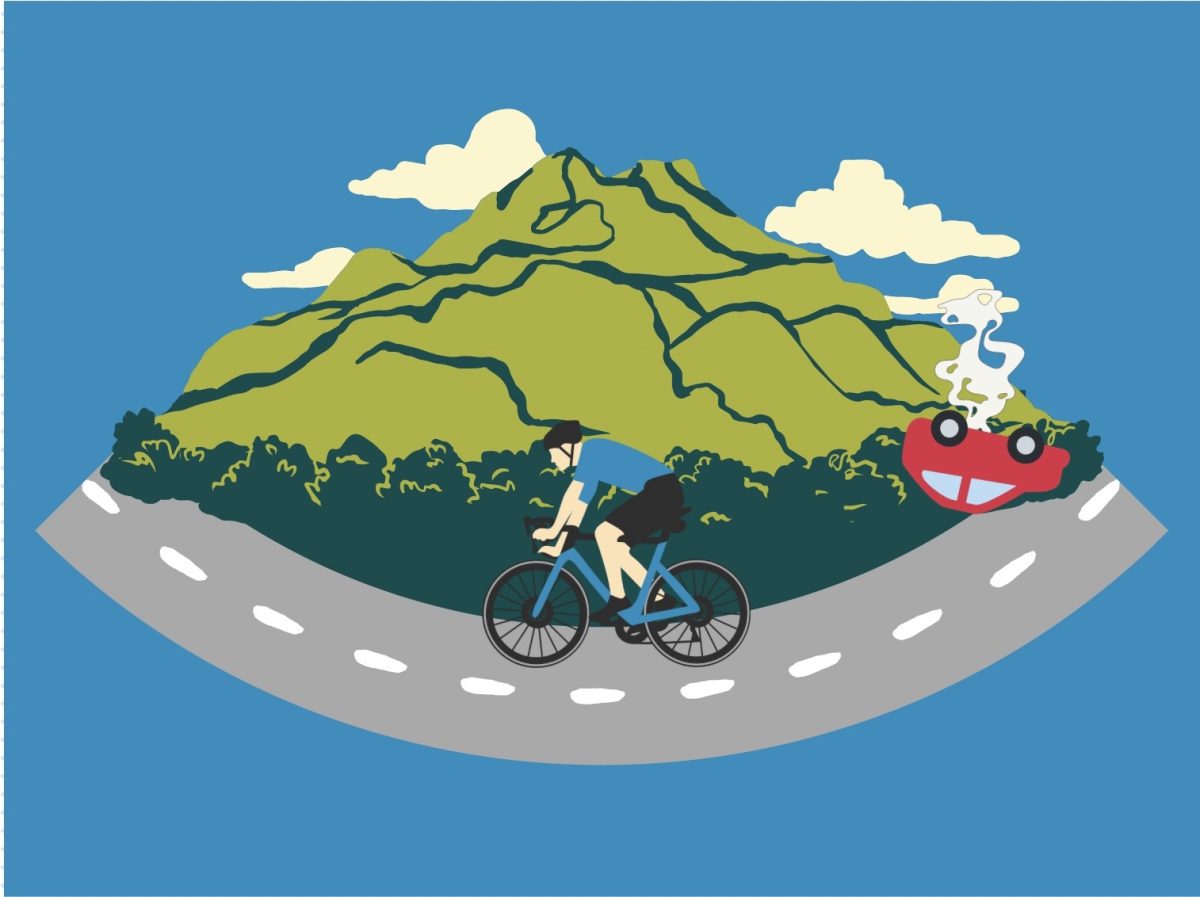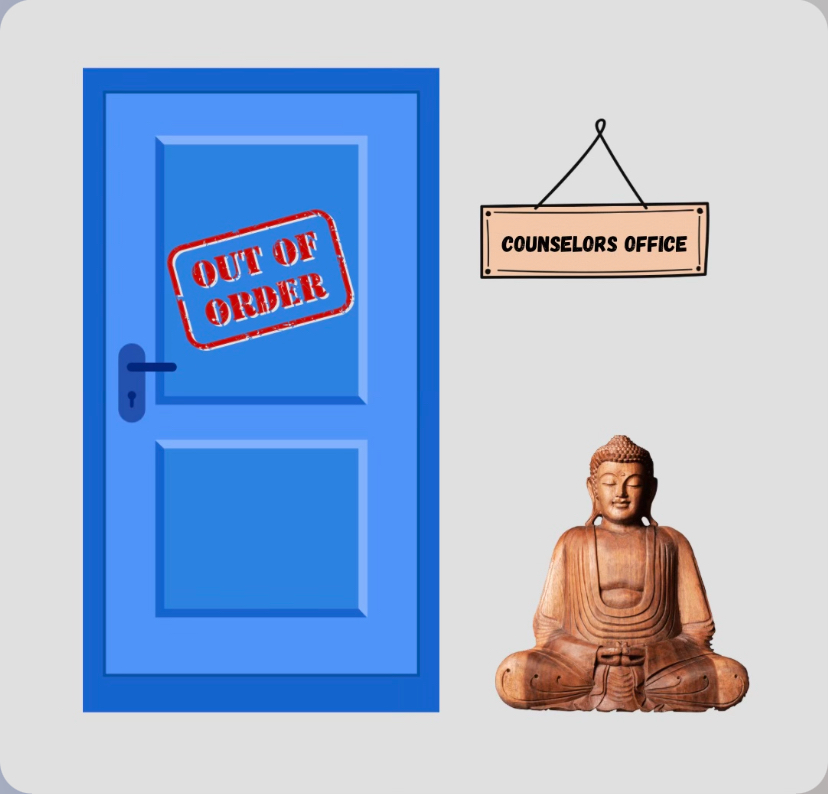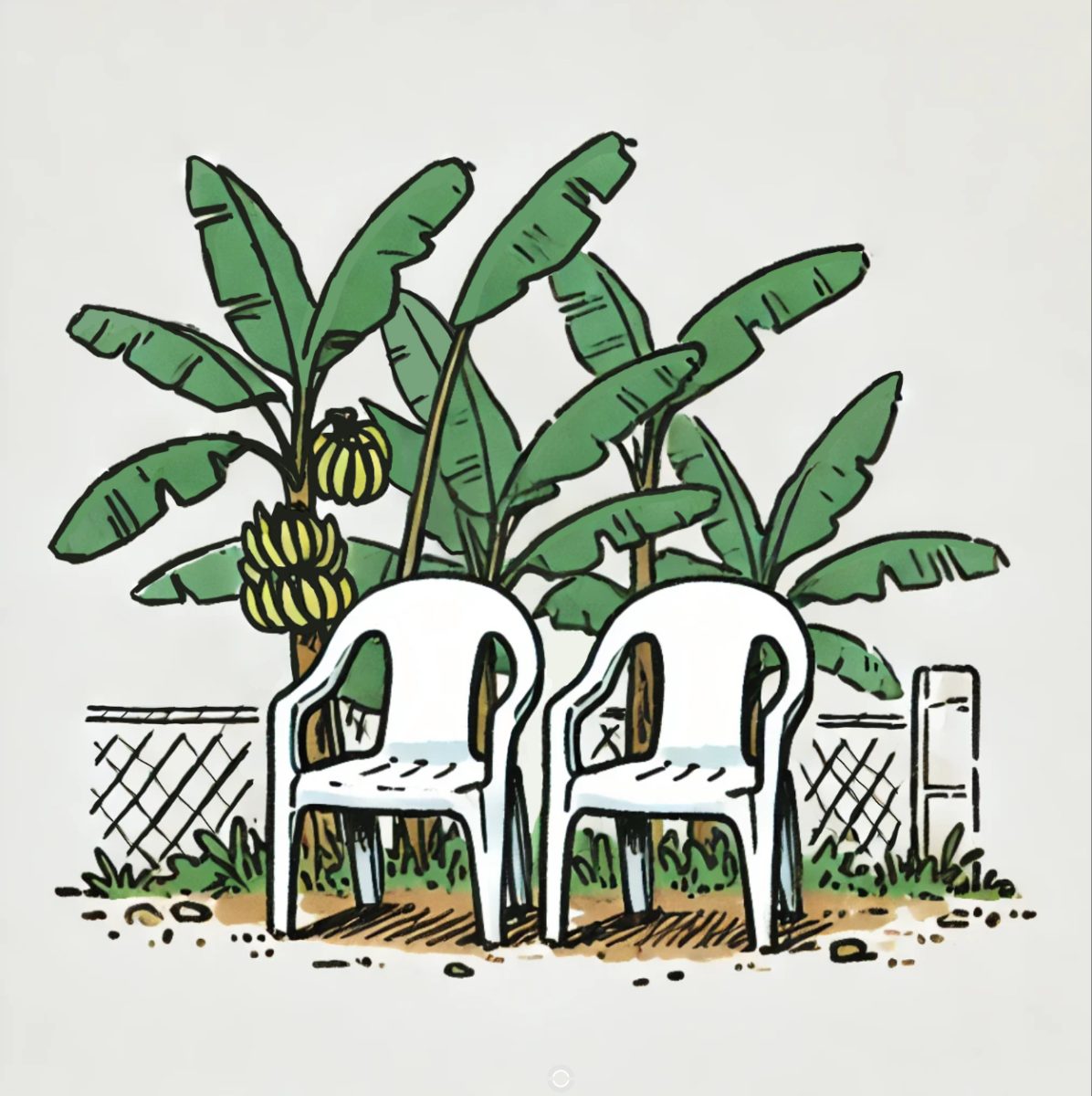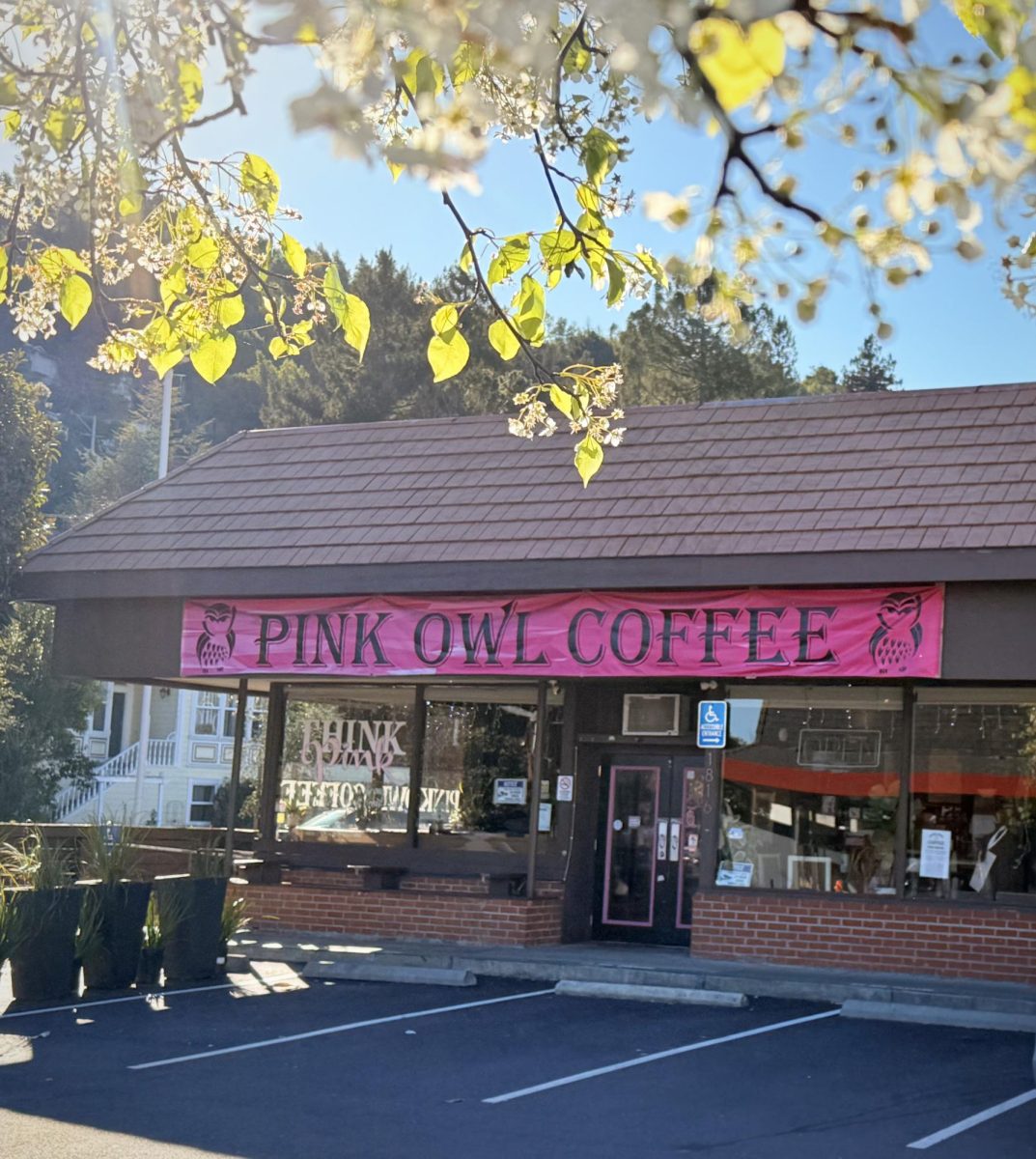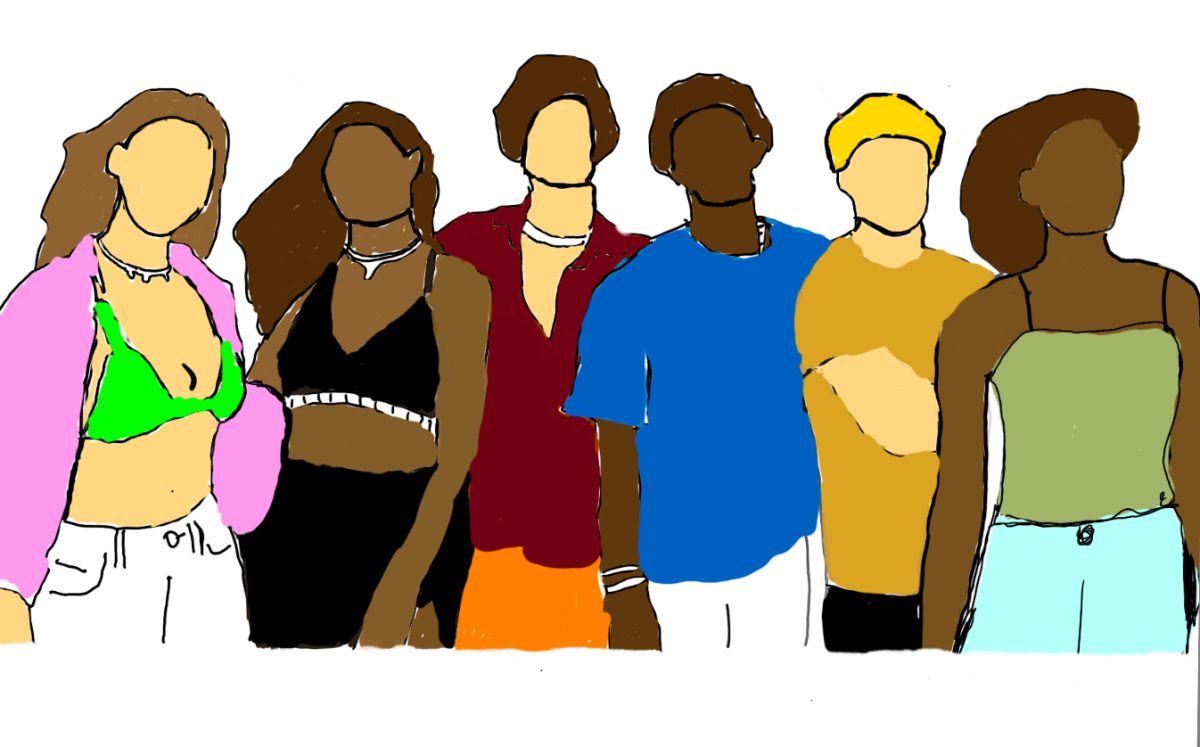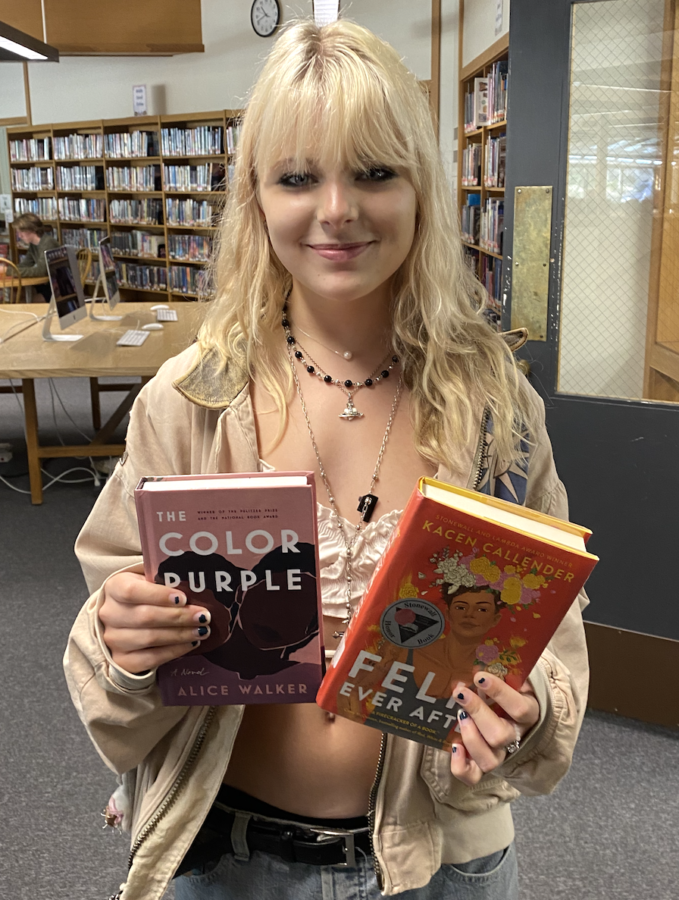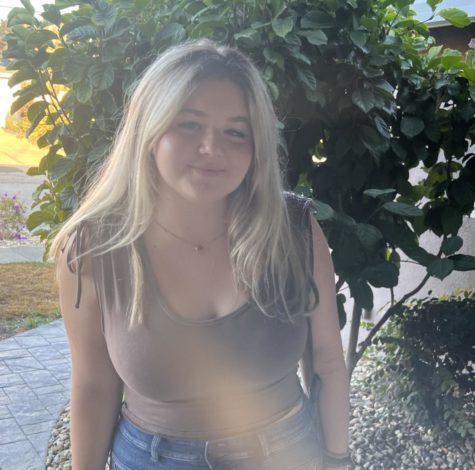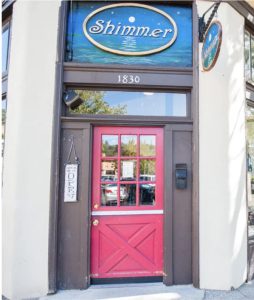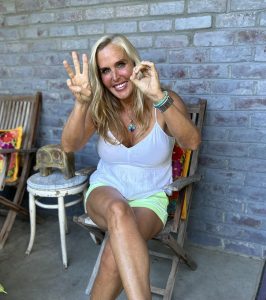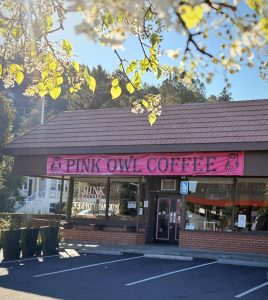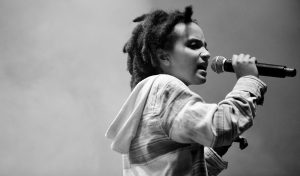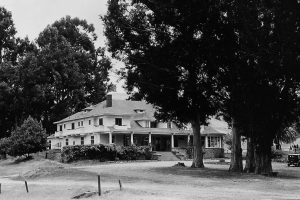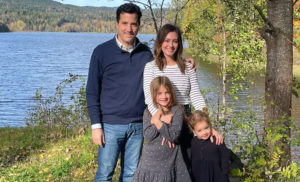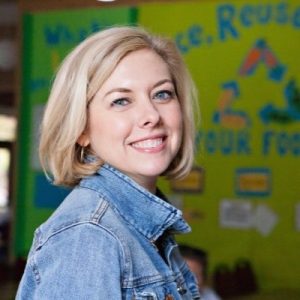How San Domenico has responded to the worldwide plague of book banning
Isabelle Jolson holds up two banned books: “The Color Purple” by Alice Walker and “Felix Ever After” by Kacen Callender.
October 7, 2022
While the world of book banning has undoubtedly taken the U.S. by storm, the small, yet distinctive community of San Domenico has been able to fight back in a multitude of ways.
Recently, there has been an overwhelming surge of book banning across the country. From novels like “The Hate U Give” by Angie Thomas, to “All Boys Aren’t Blue” by George M. Johnson, books including characters and mentions of LGBTQ and or people of color have increasingly become banned by almost 50 percent throughout the Midwest and Southern states.
In the new school year, San Domenico offers a class centered around banned books which teaches students more about certain controversial topics and why they might be banned.
Banned books teacher at San Domenico, Eugenia Ives said, “I think it’s absolutely important to educate and look at censorship and banning, because what are we trying to cancel? What are we trying to censor? What are we trying to stop?”
She later explained that it is “our basic human right” to think and understand the world through learning, and that one shouldn’t be limited to a certain way of thinking.
San Domenico senior, Monica Sanford, also shined a light on this topic. She said, “I think that book banning can obscure the minds of young kids in America. Everyone should have the right of learning, and learning about everything, not just about what adults want them to learn. Everyone should have the right to go to a library and pick up whatever book they please.”
On the other hand, Ives brought up thoughts from a different point of view.
“Yes, I absolutely understand. I’m a parent. You know, I think people ban books for different reasons,”she said. “I do believe there are appropriate times when, for instance, based on a student’s age, when they should be exposed to literature.”
She emphasizes that her class is broken into units that unpack certain books and why they are banned, as well as obscenity laws and what they truly mean.
Book banning has not only affected the English curriculum at San Domenico, but also the students as well.
“Personally, if we think about the POC community and the black community, banning books feels almost as if… it’s trying to erase culture, it’s trying to erase history; it’s really silencing and dehumanizing,” Dylan Youman, a senior at San Domenico said.
She further mentioned how books are banned in school because people don’t want kids to be “scared” by topics of racism, sexuality, gender identity, etc.
“Honestly, I think the main reason for banning books is discomfort and a fear of change,” Youman said. “People want everything to be all uniform, and people in power want to keep in power, and by sharing opinions, that kind of destroys that.”
Similar to Youman, senior at San Domenico, Isabelle Jolson also spoke on the logic of removing books from schools and curriculums.
“I think the main reason behind book banning is for lawmakers or the ones banning the books to make a more uniform and safe society. I think that book banning makes conservative lawmakers and conservative parents more comfortable, but it actually makes the younger generation more unsafe and unheard,” Jolson said.
In addition, Jolson underlines the significance of informing students about banned books and how doing so creates a more accepting community and culture.
Also stating her opinion on the reasoning behind the matter, Sanford said, “The main reason behind book banning is because people are afraid of other people going against what they believe. Not everyone is going to believe the same thing as you. No one has the same opinions about everything, so why even try to control people’s thoughts anyways? We have freedom of speech and thoughts, so why try to obscure that right?”
Sanford pointed out that reading the banned books in school or individually is a chance for different people of different backgrounds to be educated on taboo topics.
“By reading the actual banned books themselves, we get to see possible other perspectives that we wouldn’t explore on our own. Literature is such a powerful force and it can be used to enlighten people, not just hurt them,” Sanford said.
Similarly, Jolson said, “Without representation in literature, kids who are LGBTQ or kids of color will grow up to feel isolated in their communities. This alienation and hatred leads to mental health issues such as depression, anxiety and even eating disorders. I think that the injustice of banning books is one of many causes of mental health issues in the LGBTQ community and communities of color.”
Overall, the community of San Domenico has shown great passion on the sensitive subjects and topics of book banning. While the students and teachers both here and across the nation may not be able to completely shut down this uproar of bans, they continue to fight back.
